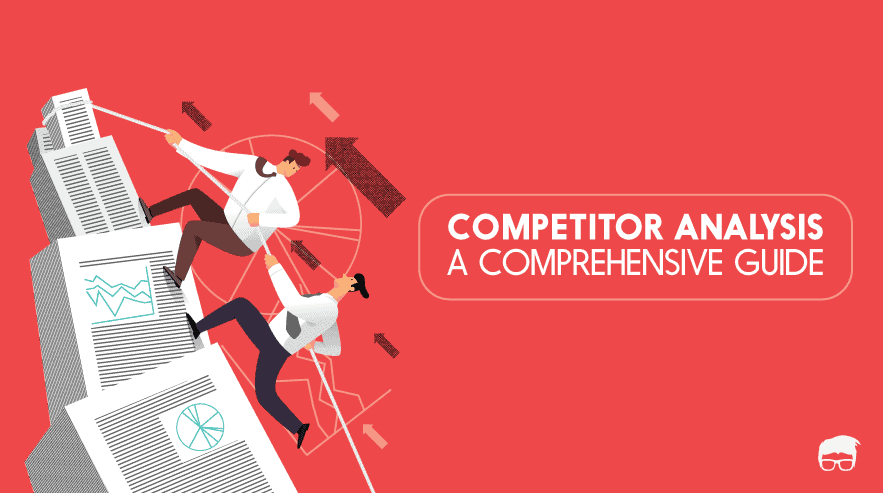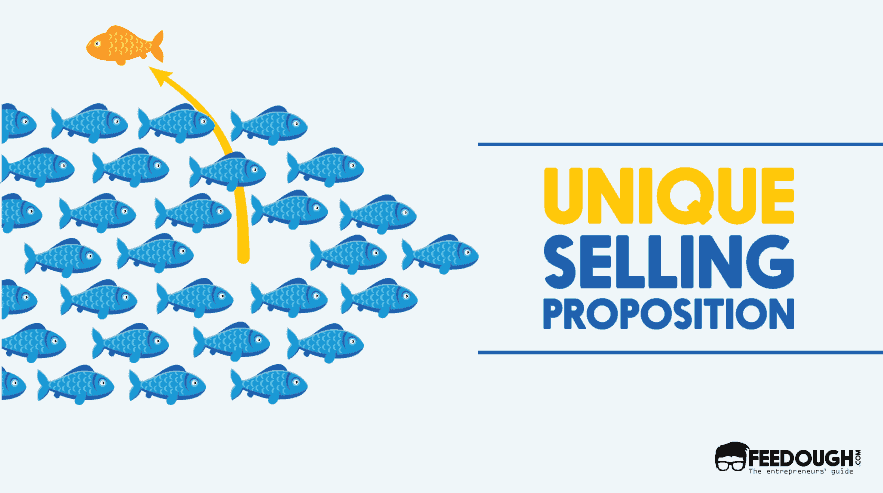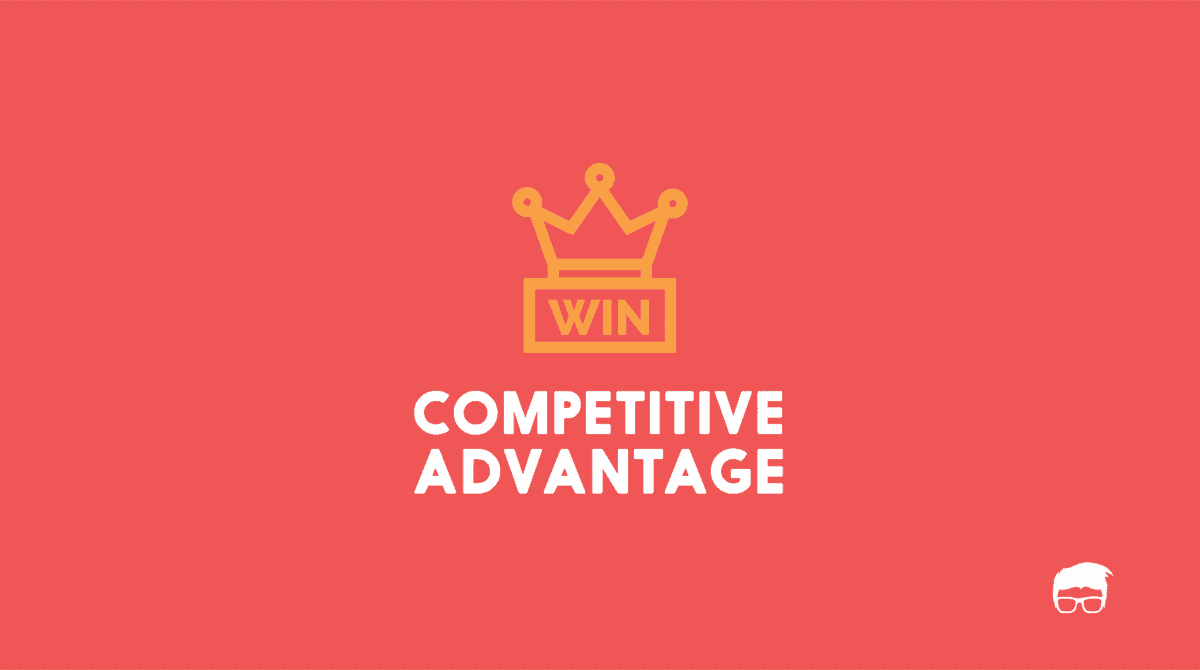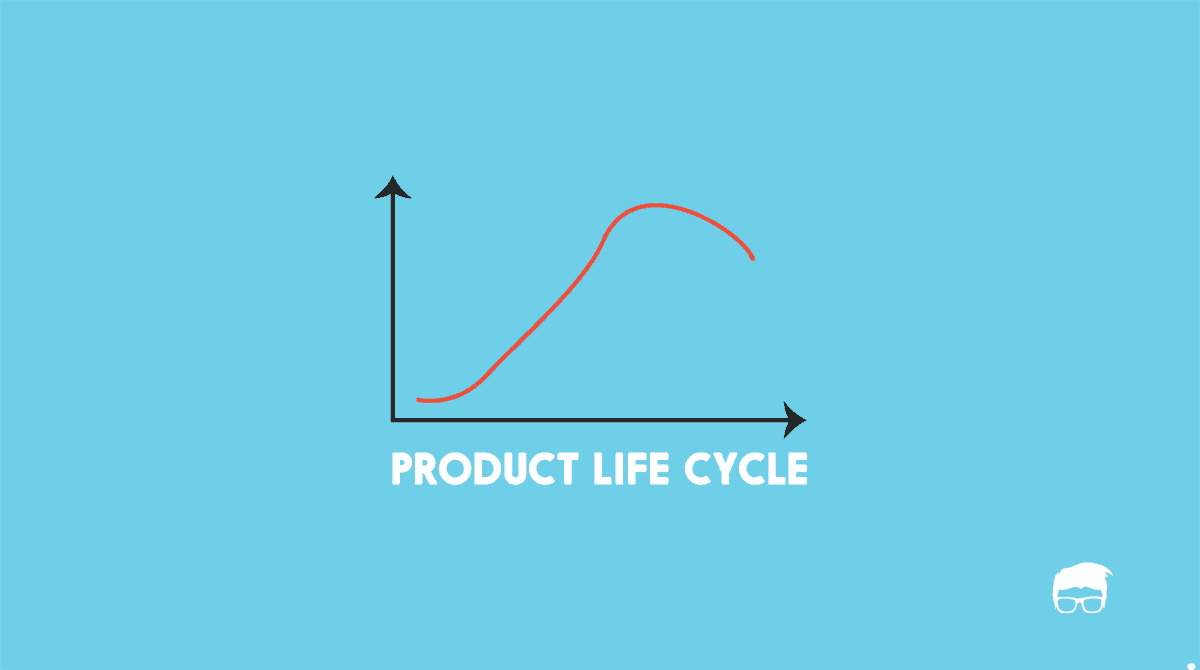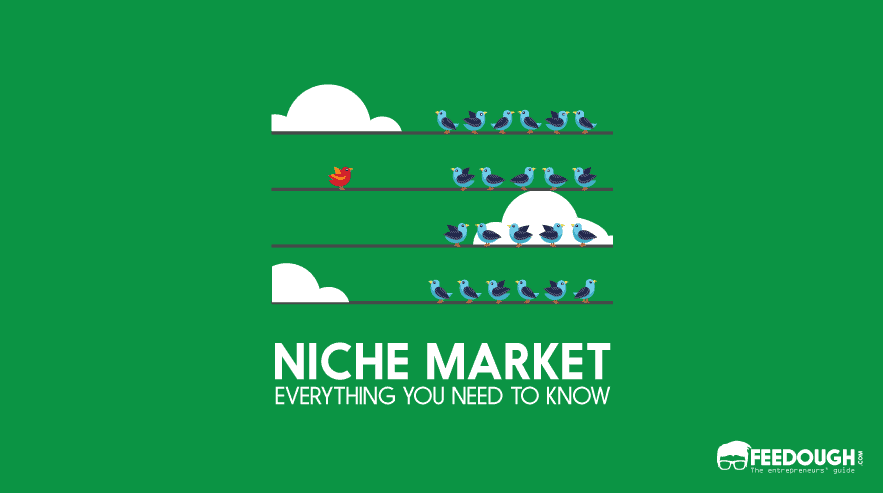Unless you’re selling Jupiter sand, chances are that you’re going to face some competition in the market. But contrary to what many people think, competition is actually good for business. Having business competition usually means there’s demand in the market, and the offering is worth selling.
Moreover, it motivates you to innovate, differentiate and develop your best offering to stand out in the market and increase your market share.
So, no matter if you’re new to the market or an existing player, competitive analysis is something that should be in your to-do list as your competitors are out there practising it finding opportunities to take the lead.
What Is Competitor Analysis?
Competitor analysis is a process of identifying the competitors and analysing their business strategies to determine their strengths and weaknesses relative to your business or offering.
In simple words, competitor analysis (also called competitive analysis) is a process to –
- Identify who the competitors are: These include both current and potential competitors.
- Analyse their business strategies: Business strategies include both long term and short term corporate and competitive strategies.
- Identify opportunities and threats: The motive of competitor analysis is to analyse the competitors’ strength and weaknesses, compare it with your own strategies, and identify the opportunities and threats.
Importance Of Competitive Analysis
Besides the rationale that the competitive analysis process helps you determine the strengths and weaknesses of the competitors to discover short term and long-term opportunities and threats, conducting a competitive analysis is essential because it helps you:
- Build an understanding of how the existing market operates and how potential customers rate the competition.
- Get a good idea of what exactly does the customers require and how you can sell it to them.
- Develop strategies for how to grow in the current market and expand into new markets.
- Develop differentiated offerings which stand out of the crowd with their competitive advantages.
Purpose Of Competitive Analysis
Usually, there isn’t just one reason to conduct a competitive analysis. Competitive analysis in marketing is done to –
Understand Market Conditions Better
It’s rare when a company competes against just one competitor. Competitor analysis helps you identify all the current and potential direct and indirect competitors, which could hinder your entry or growth within the market.
Find Untapped Opportunities And Upcoming Threats
Competitive analysis is the analysis and evaluation of the strengths and weaknesses of the market players. This analysis often results in finding untapped opportunities that can be capitalised on for a short term or long term gain. These opportunities could be the weakness within the –
- Product development cycle of the competitor(s)
- Marketing and sales process of the competitor(s)
This analysis also results in identifying an upcoming threat in the form of a new competitor or changing market trends.
Come Up With Better Strategies
When you know how the market currently works and what’s in the box, it’s easier to think out of the box and come up with more effective and efficient (corporate and competitive) strategies that will provide the business with a distinct advantage.
Help Develop Competitive Barriers
A careful analysis of competitors is instrumental in developing barriers which are hard to break. Timely competitor analysis also helps in developing barriers to prevent the entry of new competitors in the market.
How To Do A Competitive Analysis?
Although conducting a competitive analysis is no rocket science, it requires a lot of efforts and can often be tedious.
But fret not.
Here’s a simple, easy-to-use competitive analysis process that you can use to identify the competitors and perform a competitor analysis to help you keep a check on other players in your market space.
Determine Your Goal
Competitive analysis is an exercise backed by a goal in mind. You need a reason to analyse your competitors and evaluate their efforts. The reasons include but are not limited to –
- Identifying and analysing the current market players (and their marketing efforts) to develop better new product development and marketing strategies.
- Keeping a check on existing competitors’ marketing efforts to develop better strategies to attract more customers.
- Analysing competitors before entering into new markets.
- Finding indirect competitors which can become direct competitors in future.
- Identifying the strengths and weaknesses of the competitors in relation to your business.
This reason forms the spine of the competitive analysis process on which the next steps depend.
Identify The Competitors
Once the ‘Why’ of the competitor analysis is answered, the process moves on to determining ‘who’ your competitors are. It is critical to figure out the right competitors and segregate them to compare the data correctly. Otherwise, a lot of time will be wasted with no proper insight.
Remember, almost every category niche includes over a dozen players. You can easily find them by tracking your buyer’s journey or by doing some research online.
But, competitor analysis isn’t about analysing them all. It’s about finding the ideal competitors which represent the biggest threat to your business. The best way to identify this is by following the WWH approach.
Who is the customer?
What is the problem?
How is the problem solved?
All you need to do is to answer these questions for all the players you think and categorise them into three types according to the answers.
- Direct Competitors: Competitors which cater to the same customers, address the same problem, and provide the same solution as you. For example, Uber and Lyft are complementary when we talk about on-demand cab aggregators.
- Secondary Competitors: Competitors which cater to different customer segments but address the same problem and provide the same solution as you. For example, Gucci and Gap, even though address the same problem of clothing, cater to different customer segments.
- Indirect Competitors: Competitors which cater to the same customer segment and address the same problem but provide a different solution. For example, Domino’s and McDonald’s, even though address to the same problem of the same target audience, offer different solutions.
Once done, select the competitor type to be analysed according to the set goals.
Identify The Parameters & Develop A Competitive Analysis Framework
The next step involves you to decide the ‘What’ and ‘How’ of the competitive analysis – what needs to be analysed, and what framework would you use to analyse it?
Based on your goal, you can either use an existing competitive analysis framework or develop your own framework based on certain parameters. Some of the existing competitive analysis frameworks are –
- SWOT analysis: To help identify potential competitive advantage by analysing strengths, weaknesses, opportunities, and threats of the competitors.
- Porter’s five forces: To help analyse the competitive structure of the industry by analysing five factors – new entrants, buyers, suppliers, substitutes, and competitive rivalry.
- Strategic Group Analysis: To assess players’ positions in the competitive environment based on two variables.
- Growth-Share Matrix: To classify products in your company’s portfolio against the competitive landscape of the industry to determine the products worthy of investment and the ones not worthy.
- Perceptual Mapping: To visually represent the perception of your products relative to competitive alternatives.
There are way more than just these five frameworks. Most of such frameworks use predefined parameters and many let you choose your parameters. These parameters can be both qualitative or quantitative that stems from the actual goal of the competitor analysis.
Qualitative parameters include but are not limited to –
- Advertisement and marketing strategies used,
- Sales Strategies,
- USP,
- Value proposition,
- Store design,
- Website design,
- Customer reviews,
- Product quality,
- Customer location,
- Social media presence
- Type of ads on social media,
- Customer response on social media posts, etc.
Quantitative parameters include but are not limited to –
- Pricing,
- Cost structure,
- Number of reviews,
- Funding received,
- Profit margin,
- Store distance from a specific place,
- Company size,
- Discount offered on products,
- Channels of distribution used,
- Keywords targeted on search engines,
- The number of ads running on social media,
- Customer income, etc.
In general, when an apt competitive analysis framework isn’t found, these data parameters are grouped together and a standard competitive analysis framework is developed to collect, sort, present, and analyse data.
Collect Data And Analyse
Once the framework is decided, the next step involves collecting data. If you happen to conduct research online, you can make use of some of these competitor analysis tools –
- Ahrefs: To get their search engine related data.
- Sprout Social: To analyse competitors’ performance on social media.
- SimilarWeb: To get an overview of the website traffic, referrals, search traffic and keywords, social media, display advertising, audience, and similar sites and apps.
- Prisync: To track competitor prices and available stock in its ecommerce store.
- Crunchbase: To get company insights like the number of employees, funding, etc.
Here’s a list of survey tools if your research happens to involve surveys.
Once the data is collected, it is then sorted and entered into the competitive analysis framework to be analysed.
Competitor Analysis Example
To make the competitive analysis process even more clear, take this hypothetical example –
Mr Adam owns a specialised toy shop (selling wooden puzzle) in a famous market. He notices that while his customers are reducing, his competitors aren’t making losses because they also have an online presence and sell their products online.
Now, before making any spontaneous decision, Mr Adam decides to conduct a competitive analysis to strategise the best plan to come at par with his competitors.
Goal
To find the companies selling wooden puzzles online and analysing what all channels do they use.
Identifying Competitors
Even though Mr Adam already has an idea of his competitors, he conducts more research online to find other competitors over the web. He makes use of Google queries like “Wooden Puzzle Buy Online” to find the sellers selling the same and similar products to him.
Once identified, he categorises them under direct, secondary, and indirect competitors.
Now, since he has to only find out the channels they use, he chooses both direct and secondary competitors to be a part of his research.
Developing A Competitor Analysis Framework
He develops a simple excel sheet mentioning the competitors’ name and the channels they use.
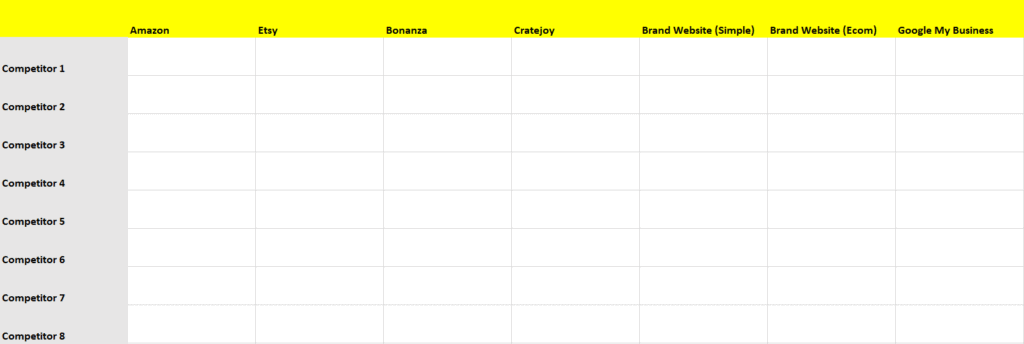
Data Collection & Analysis
He individually checks every competitor’s presence online and fills his competitor analysis template. Once done, he determines the most sought after channels and develops new strategies for the same.
Bottom-Line?
Competitor analysis is an essential practice for new and existing players alike. A periodic competitor analysis helps the company keep a tab on its competitors, identify opportunities, and become ready for upcoming threats.
Go On, Tell Us What You Think!
Did we miss something? Come on! Tell us what you think about our article on competitive analysis in the comments section.
A startup consultant, digital marketer, traveller, and philomath. Aashish has worked with over 20 startups and successfully helped them ideate, raise money, and succeed. When not working, he can be found hiking, camping, and stargazing.
